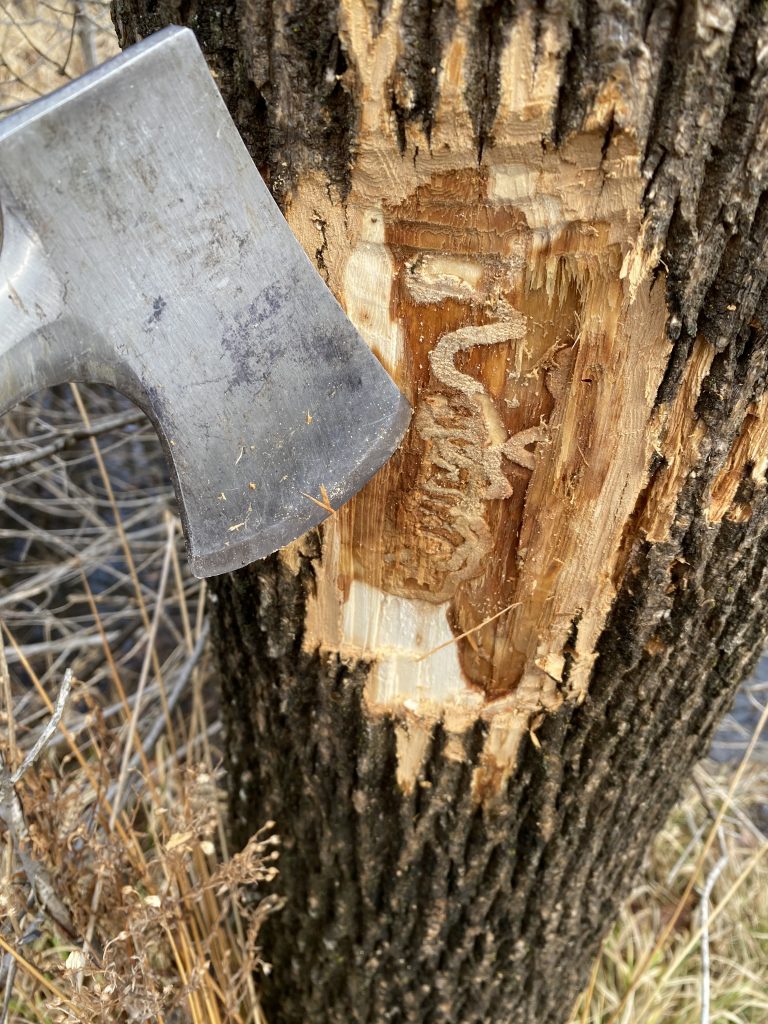The Sustainable Forestry Initiative Inc. (SFI) has launched a partnership to develop a new SFI Urban and Community Forest Sustainability Standard for application in North America and potentially globally. SFI will collaborate with five urban forestry leaders: American Forests, Arbor Day Foundation, the International Society of Arboriculture, the Society of Municipal Arborists, and Tree Canada.
A task group composed of leading experts will develop the new SFI Urban and Community Forest Sustainability Standard. The partnership and task group will explore opportunities to seek remedies for the climate crisis and other serious challenges that urban forests are ideally positioned to help address, including access to public spaces, social cohesion and more.
Continue reading “Urban Forestry Sustainability Standards to be Developed”


